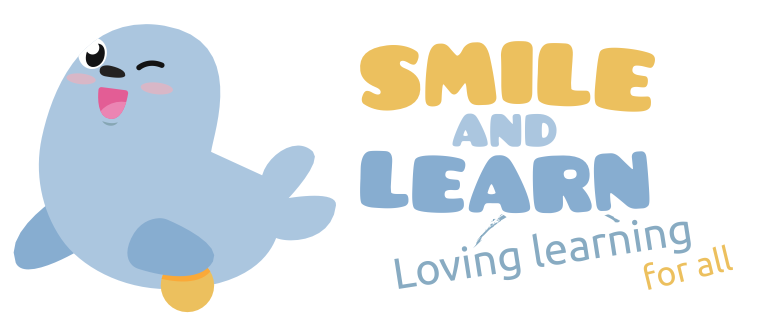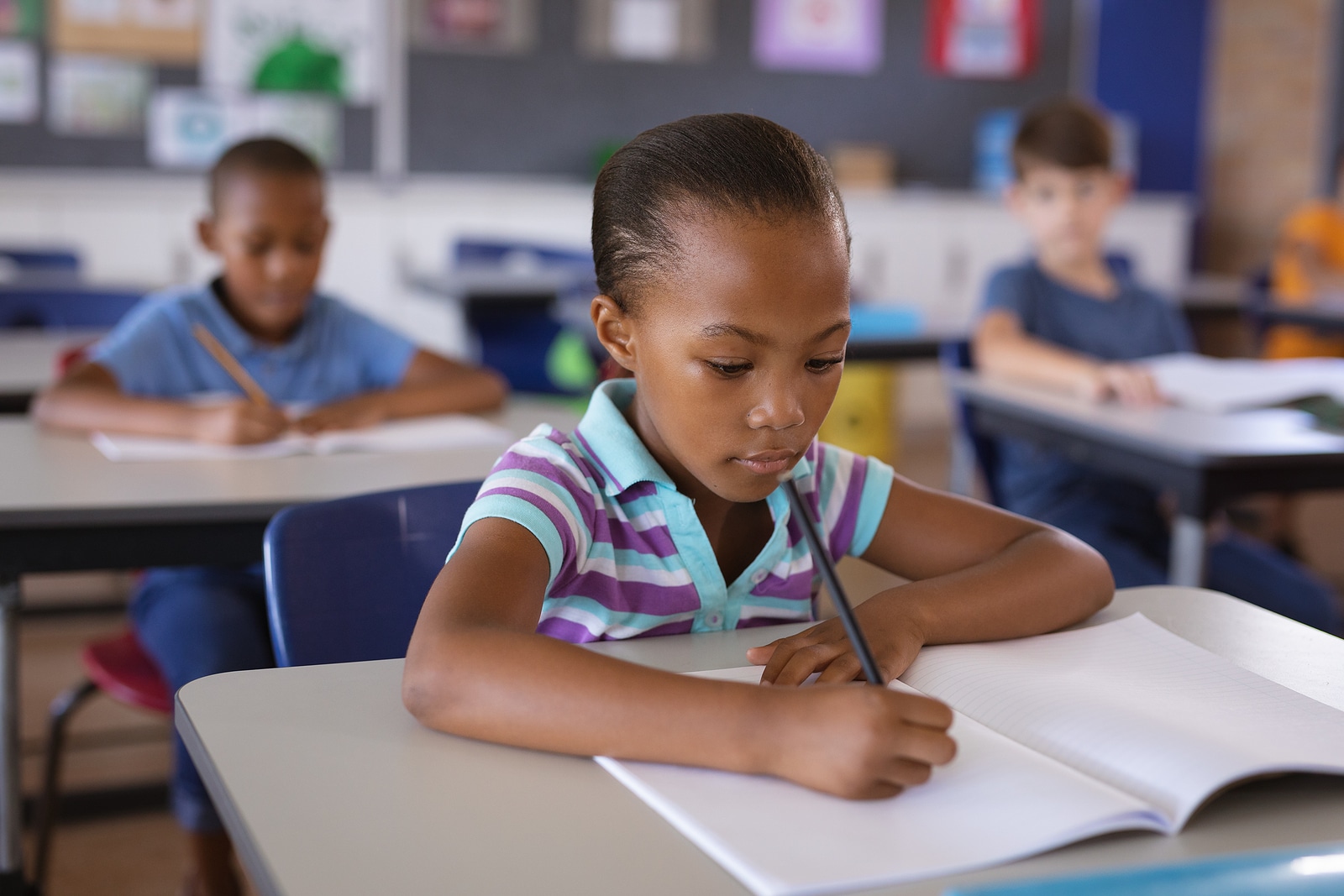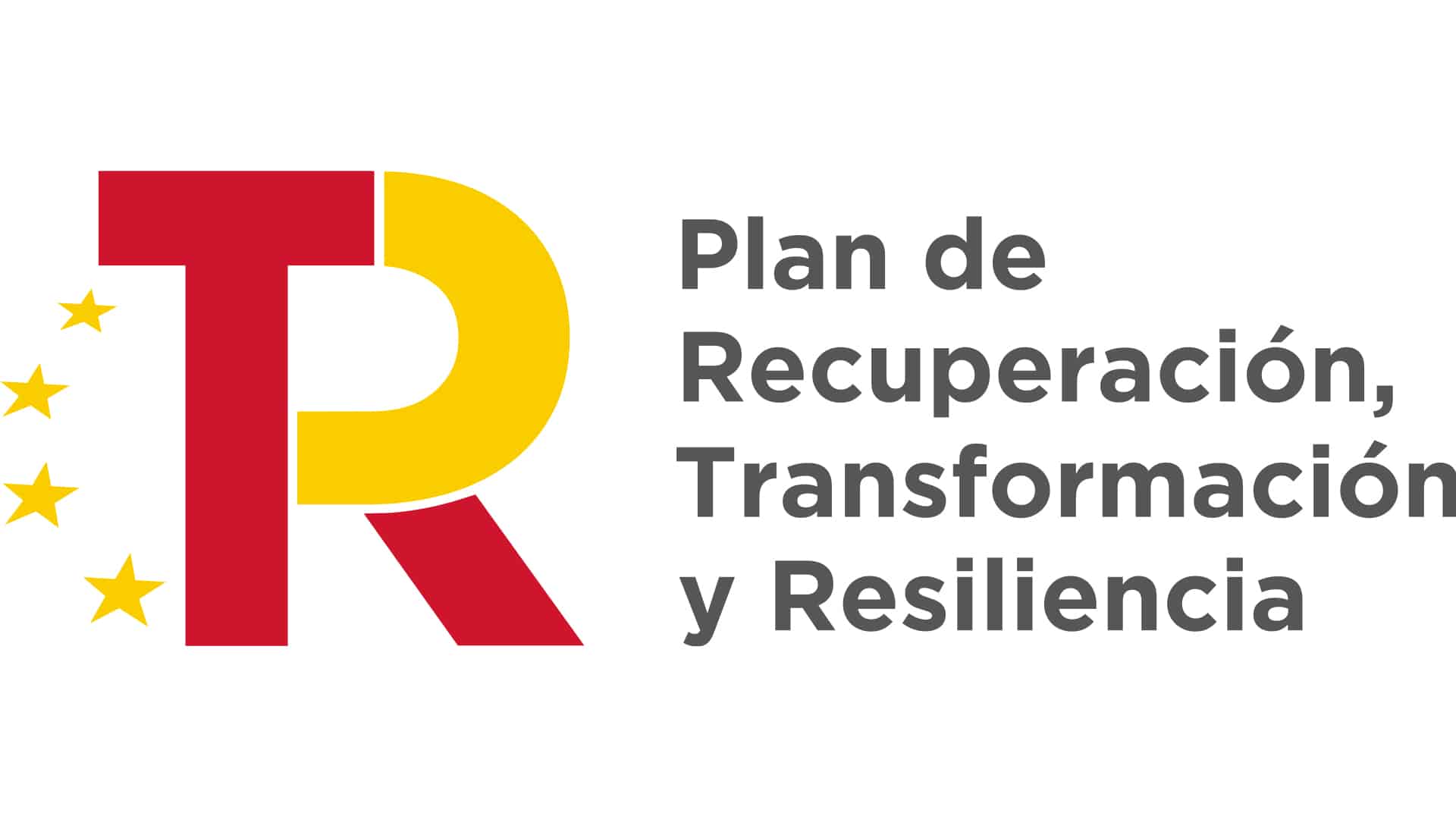Nowadays, information flows at an impressive speed and reaches a stratospheric number of people. Schools are trying to adapt their teaching model to the needs of students, including new techniques such as the use of digital devices or platforms in the classroom to improve students’ skills in some subjects. This is only a small part of the factors involved in children’s development and learning.
Below we show you what they are:
- Motivation. It is a fundamental factor in children’s learning. Although children have an innately developed curiosity to learn, it is the role of adults to enhance this ability. There are many ways to do this, such as providing them with a new and attractive space or creating different activities where they can develop their creativity.
- Child rearing. Adults are responsible for whether or not the youngest children acquire certain study habits; the way in which they are educated will determine their ability to learn. If, for example, they do math exercises every day, this will be a way to awaken their interest in the subject.
- Socioeconomic situation. This can be an obstacle for those who find themselves in a vulnerable and delicate economic situation, especially when the children have a disability.
- Culture. Cultural factors vary from country to country and have a significant influence on children’s learning.
- Individual differences. Each and every child has unique and different characteristics that make them who they are. It is essential to have a thorough knowledge of the capabilities and limitations of each of them in order to adapt learning to their level. Sometimes, everyone is expected to learn at the same pace because they are in the same course, but that does not mean that the same effort should be required of them.
At Smile and Learn we leave no one behind, we try to meet the needs of all students. If you have not yet tried our educational platform, you can do it for free by filling out this form.












